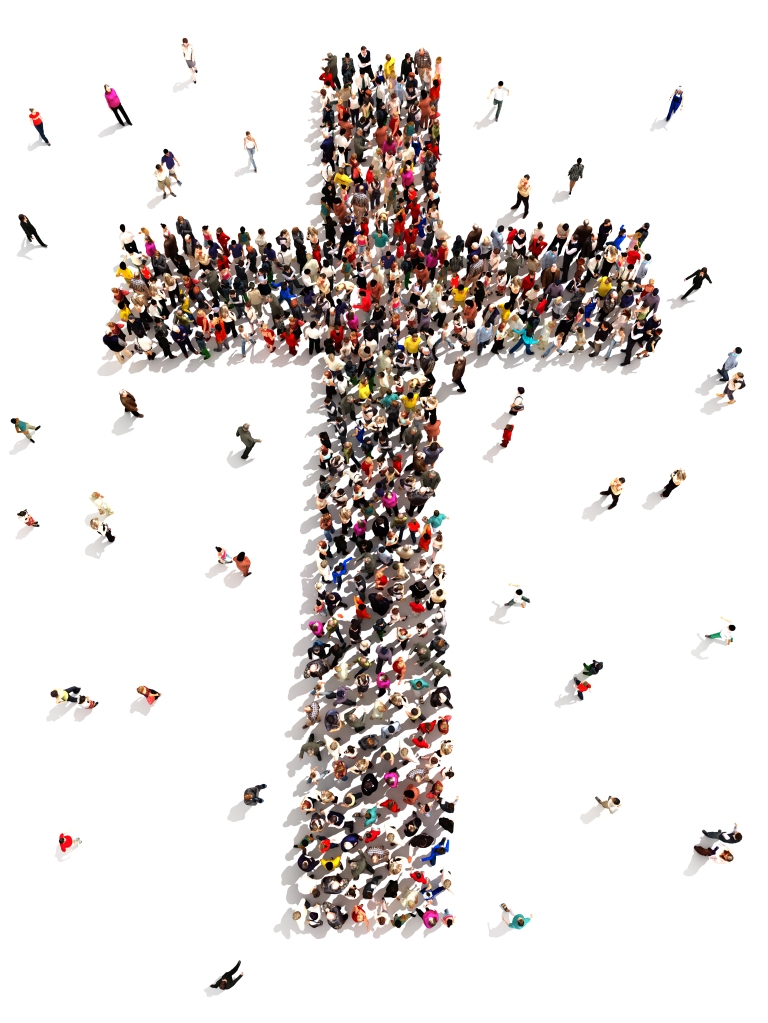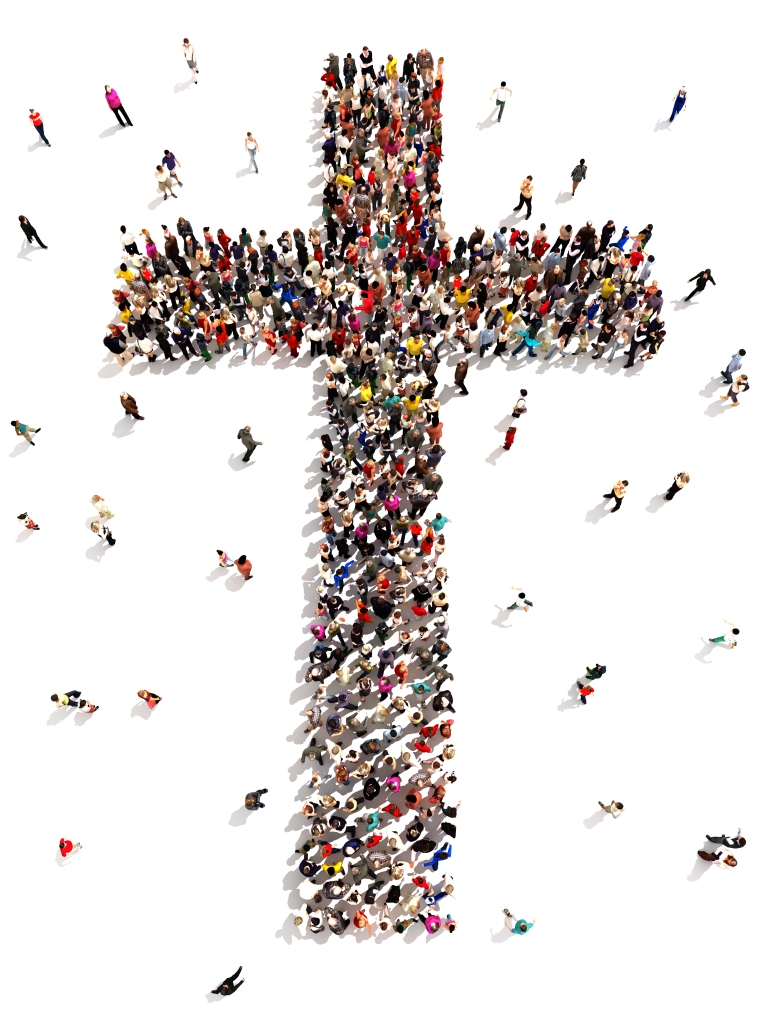
Further to my previous posts on the COVID-19 health rules affecting church services and activities (see here and here), and a paper I presented recently, the NSW Government has released amendments to the previous rules, which take effect today, June 13. This post provides a summary of the more important changes that will affect churches and other religious bodies.
The new rules have been incorporated into the Public Health (COVID-19 Restrictions on Gathering and Movement) Order (No 3) 2020 and the updated and consolidated version of that Order (“New RGM No 3”) can be found here.
The main amendments to the previous rules are as follows:
- Limits on the number of people who can be visitors in a private home have now been lifted from 5 to 20- see cl 7(1). This will now allow many small bible study and other groups to once again meet in private houses.
- The previous form of the Order did not impose the “4 square metres” rule on places of public worship (though even at the time I suspected this was a drafting error.) This limit on church buildings is now clearly imposed in the new form of item 18, Schedule 1, which is as follows:
| Premises | Limitation on number of persons on premises | Restrictions or conditions |
| 18. Places of public worship | The lesser of— (a) the total number of persons calculated by allowing 4 square metres of space for each person on the premises, or (b) for a gathering for private worship—50 persons | (a) any class or organised event must have not more than 20 persons participating (not including persons conducting or assisting in the conduct of the class or event or parents, guardians and carers of persons participating) (b) must have a COVID-19 safety plan |
- However, there are a couple of complexities here that need to be spelled out. Rules for weddings, funerals, and “religious services” are contained in clause 11, and they continue the previous limits on number of persons as 50 for funerals and religious services, and 20 for weddings. New cl 11(2B) makes it clear that such activities “need not comply with any restriction on the number of people permitted on the premises by column 3 of Schedule 1”. This means that, while col 3 imposes a limit of 20 persons on “classes or organised events” held in places of public worship, that limit does not apply to normal religious services or to funerals. This is also made clear by new “Note 4” to Schedule 1. The “20 person” rule will, however, apply to other events such as youth groups or children’s clubs (although note that this excludes leaders or teachers and any parents or guardians who are attending.)
- What about church services not held in a “place of public worship“? These are also, as before, allowed to have up to 50 persons under cl 11(1), and cl 10(3)(c) makes it clear that the (revised) usual limit of 20 for “public gatherings” does not apply to religious services and other events dealt with in cl 11. Under new cl 11(2A) the person taking the service or in whose premises it is held (if not a private residence), must ensure that there is 4 square metres of space per person (as well as being obliged, as previously, to keep a record of who has attended.)
No doubt there are situations I have not touched on here, but I think these are the main changes, most of which will be welcomed by those keen to see church life coming back to normal, and churches free once again to invite visitors in to hear the good news they have to tell!

